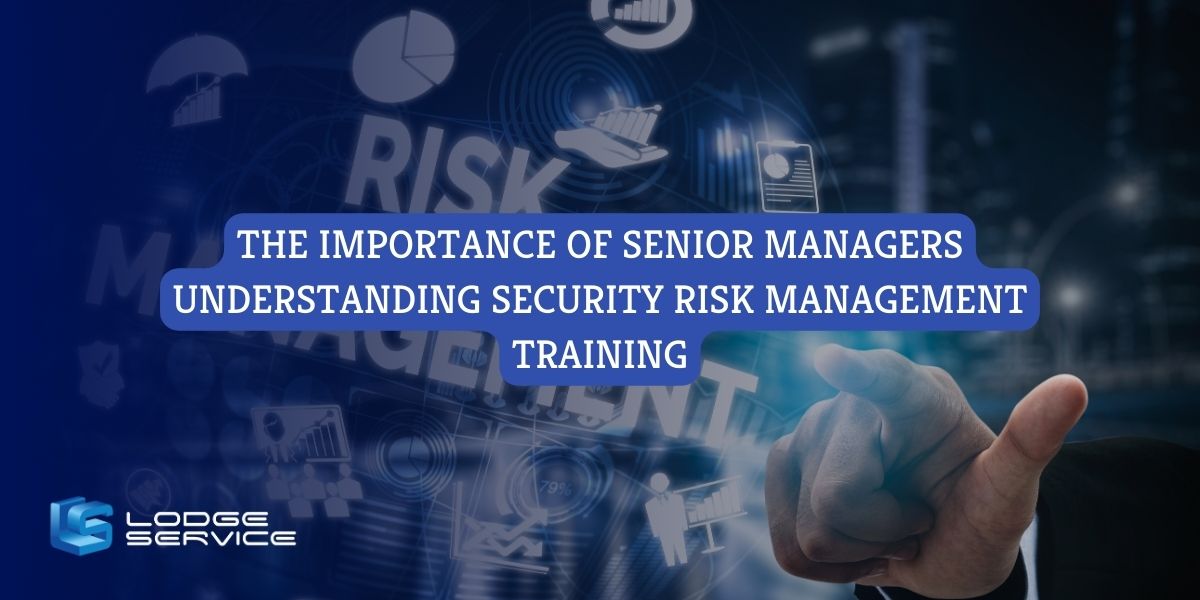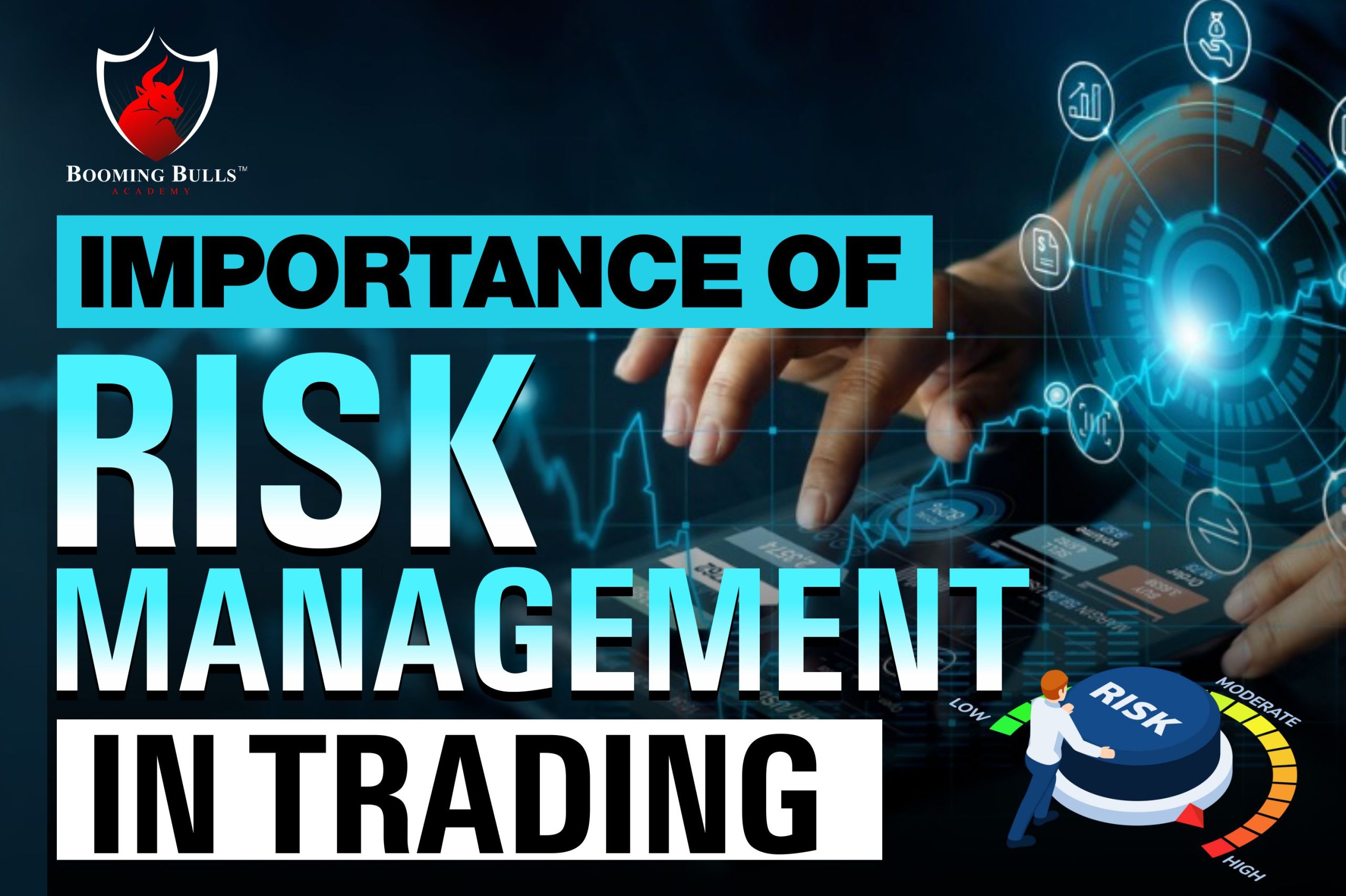Why the Importance of Risk Management Cannot Be Overlooked in Today’s Economy
Why the Importance of Risk Management Cannot Be Overlooked in Today’s Economy
Blog Article
Checking out the Significance of Risk Management for Effective Decision-Making Techniques
In the complex globe of business, Risk Management becomes an important consider the decision-making procedure. The capacity to determine potential hazards and chances, and strategize as necessary, can spell the difference between success and failing. With tools such as SWOT and PESTEL, organizations are outfitted to make informed options, cultivating resilience and versatility in an ever-changing setting. Wondering how this works? Let's unload the characteristics even more.
Comprehending the Idea of Risk Management
Risk Management, a critical component in decision-making, is frequently misconstrued or oversimplified. Risk Management involves self-displined and structured techniques, making use of information and informative assessments. From financial unpredictabilities, lawful obligations, calculated Management errors, to accidents and natural catastrophes, it attends to numerous risks - importance of risk management.
The Function of Risk Management in Decision-Making Processes
In the realm of calculated preparation and company procedures, Risk Management plays an essential function in decision-making processes. It helps in recognizing prospective hazards and unpredictabilities that could influence the accomplishment of business objectives. By mapping these threats, firms can create strategies to reduce their effect, ensuring business connection and stability. Risk Management thus ends up being a vital tool in decision-making, assisting leaders to make educated choices based on an extensive understanding of the risks included. It motivates an aggressive method, enabling companies to prepare and prepare for for feasible future scenarios. This significantly reduces the possibility of unfavorable consequences, promoting much more reliable and reliable decision-making methods. Risk Management serves as an essential part in the decision-making processes of any organization.
Just How Risk Management Boosts Strategic Preparation
In the context of tactical planning, Risk Management plays a critical duty. Initiating with the recognition of possible dangers, it further encompasses the application of Risk reduction procedures. The function of Risk Management is not static however vibrant, as it demands constant tracking and adjusting of approaches.
Recognizing Potential Threats

Applying Risk Reduction
Risk reduction methods can range from Risk avoidance, Risk transfer, to run the risk of reduction. Each method ought to be customized to the particular Risk, considering its prospective impact and the company's Risk resistance. Effective Risk mitigation calls for a deep understanding of the Risk landscape and the prospective impact of each Risk.
Monitoring and Readjusting Techniques
Though Risk mitigation is an important action in tactical preparation, constant monitoring and change of these strategies is similarly essential. This recurring process enables companies to identify new threats and reassess existing ones, guaranteeing the applied strategies stay effective in the ever-changing company setting. It additionally provides a chance to assess the success of the Risk Management procedures, allowing modifications to be made where needed, more enhancing tactical preparation. Reliable tracking and change need using analytics and essential efficiency indications (KPIs) to gauge effectiveness. useful reference These tools offer beneficial data-driven understandings that can educate strategic decision-making. As a result, tracking and readjusting Risk Management methods is an important component for improving an organization's resilience and tactical planning.
Instance Researches: Successful Risk Management and Decision-Making
In the globe of business and finance, successful Risk Management and decision-making frequently serve as the pillars of thriving business. These situations highlight the value of sharp Risk Management in decision-making procedures. These cases underscore the crucial duty of Risk Management in calculated decision-making.
Tools and Techniques for Reliable Risk Management
These devices, such as Risk signs up and heat maps, aid in recognizing and assessing possible dangers. Risk reaction approaches, a vital element of Risk Management, involve accepting, preventing, moving, or mitigating threats. With these tools and techniques, decision-makers can navigate the facility landscape of Risk Management, consequently promoting educated and reliable decision-making.
Future Patterns in Risk Management and Decision-Making Approaches
As we discover the substantial landscape of Risk Management, it comes to be apparent that website here the devices and methods used today will certainly remain to evolve. Future fads point click this towards an increased dependence on modern technology, with expert system and machine knowing playing substantial roles. These innovations will allow organizations to forecast prospective threats with higher accuracy and make more informed decisions. Additionally, there will be a growing focus on resilience, not simply in managing dangers but also in getting better from damaging scenarios. Finally, the concept of Risk culture, where every participant of a company knows and associated with Risk Management, will certainly obtain a lot more importance. These trends declare an even more positive and inclusive strategy towards Risk Management and decision-making.
Verdict

Risk Management hence comes to be an important tool in decision-making, aiding leaders to make educated choices based on a comprehensive understanding of the threats entailed. Risk mitigation strategies can vary from Risk evasion, Risk transfer, to risk decrease (importance of risk management). Effective Risk mitigation requires a deep understanding of the Risk landscape and the potential influence of each Risk. Risk action strategies, a key part of Risk Management, include approving, preventing, transferring, or mitigating dangers. The concept of Risk culture, where every participant of an organization is mindful and included in Risk Management, will certainly get more prestige
Report this page